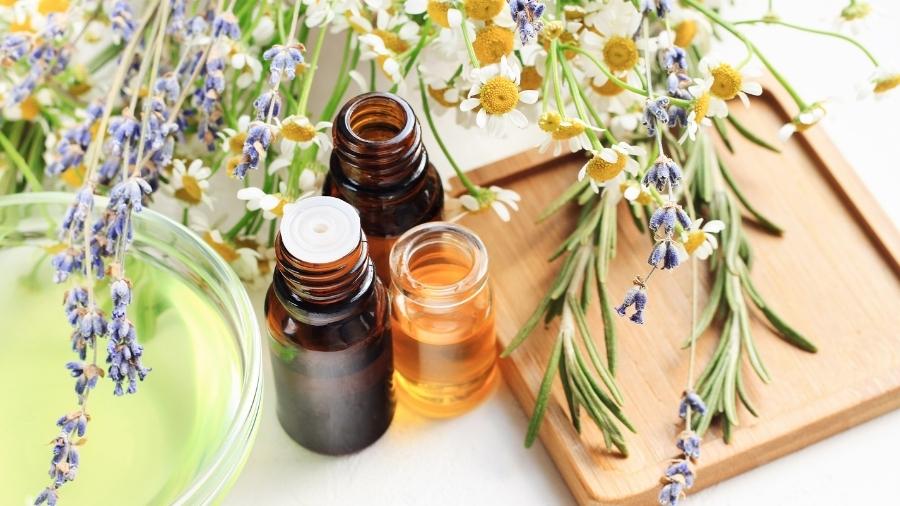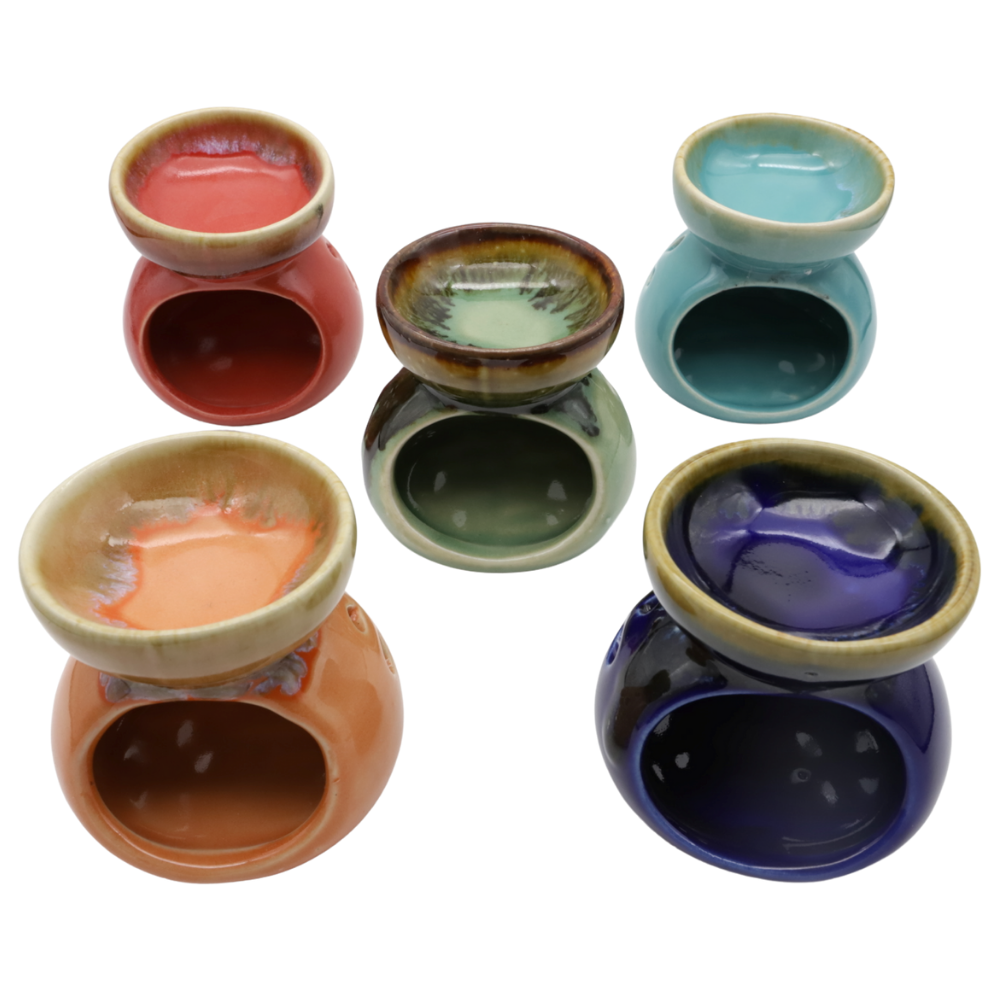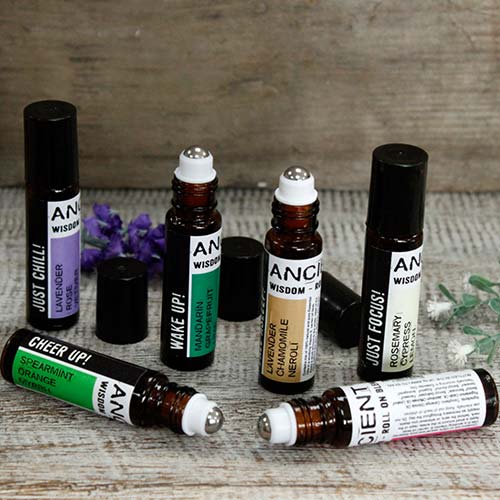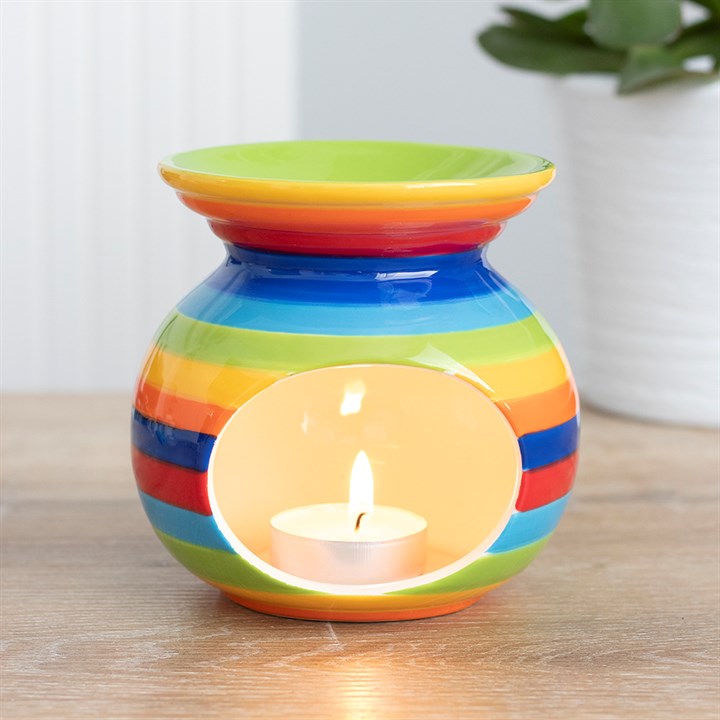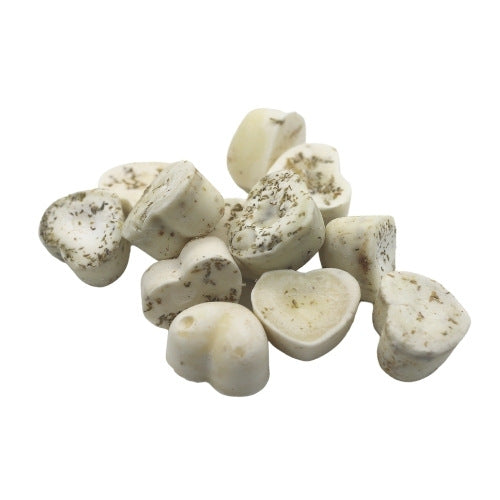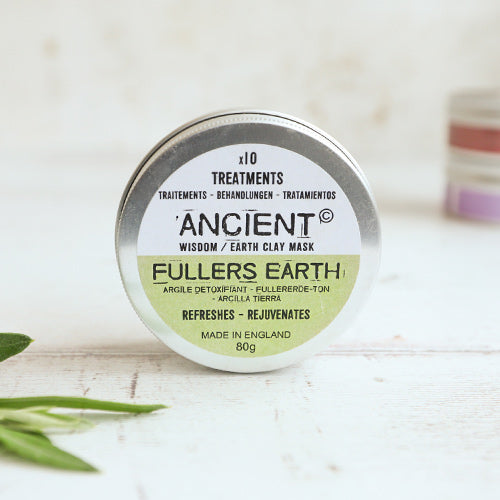Holistic healing encompasses ancient practices aimed at restoring balance to the body, mind, and spirit. This article explores alternatives to Holistic Healing including Hopi Ear Candling, and Ayurvedic Medicine. In addition to Shamanic Healing, other alternative modalities like sound therapy, yoga, energy healing crystals, and healing houseplants offer diverse paths to wellness, promoting balance and overall well-being.
1. Sound Therapy
Sound therapy also known as a sound bath or gong bath is a powerful healing practice that harnesses the vibrational properties of sound to promote relaxation and healing. Through the use of various instruments such as singing bowls, gongs, or tuning forks, sound therapy aims to restore harmony and balance within the body. The soothing tones and frequencies emitted by these instruments can help reduce stress, alleviate anxiety, and promote a sense of inner peace.
2. Yoga

Yoga is an ancient practice that combines physical postures, breath control, and meditation to promote physical, mental, and spiritual well-being. By integrating movement, breathwork, and mindfulness, yoga helps individuals cultivate self-awareness, reduce stress, increase flexibility, and improve overall health. It offers a holistic approach to healing that aligns the mind, body, and spirit.
3. Energy Healing Crystals
Energy healing crystals are believed to possess unique energies and vibrations that can influence our well-being. These crystals are used in various healing practices to balance and align the body's energy centers, known as chakras. Each crystal has its own specific properties and healing benefits. For instance, amethyst is associated with calming energy, while rose quartz is known for promoting love and compassion. Incorporating crystals into your daily routine can help restore energetic balance and enhance overall vitality.
4. Healing jewellery
Healing jewelry, such as crystal bracelets, necklaces, or pendants, offers a convenient and stylish way to benefit from the healing properties of gemstones and minerals. Wearing these pieces allows individuals to enjoy the energetic qualities of the stones throughout the day, promoting a sense of well-being and harmony. Additionally, many healing jewellery pieces are beautifully crafted, making them a fashionable accessory that also serves as a reminder of personal growth and self-care.
5. Healing Houseplants
Plants have a remarkable ability to improve the air quality, reduce stress, and create a sense of tranquility within a space. Healing houseplants, such as lavender, aloe vera, or peace lilies, not only add beauty to your home but also contribute to a healthier environment. Their presence can help purify the air and create a calming atmosphere, promoting relaxation and overall well-being.
Each practice offers its unique benefits and can complement one's personal healing journey. Remember, the path to healing is a personal one, and finding what resonates with you is key. Take the time to explore these alternatives, and always seek reputable practitioners who honor the traditions and ethics of each healing modality.
6. What is Hopi Ear Candling?

Hopi ear candling is a natural remedy that has been used for centuries to help treat a variety of conditions related to the ear canal. The process involves using special ear candles, which are made of beeswax, honey, herbs and other natural ingredients. The ear candle is then inserted into the ear and lit, creating a gentle suction that is thought to help draw out impurities and ear wax. The heat is also believed to help stimulate circulation in the ear canal.
The practice of hopi ear candling is considered a safe and natural way to treat a variety of conditions related to the ear, such as earaches, excessive wax buildup, and tinnitus. It is also a popular choice among alternative medicine practitioners as a preventative measure to reduce the risk of ear infections.
In order to ensure the safety of the procedure, it is important to use ear candles that are of the highest quality and carefully follow the instructions provided by the manufacturer. It is also important to find an experienced practitioner who is familiar with the procedure and has the right qualifications. The practitioner should also be able to provide information on the potential risks and side effects of hopi ear candling.
Although hopi ear candling is not a substitute for medical advice, it may be a beneficial treatment for some individuals suffering from ear-related conditions. It is important to research the procedure thoroughly and be aware of the potential risks and side effects of hopi ear candling before making a decision. By using ear candles of the highest quality and following the instructions of a qualified practitioner, individuals may be able to safely enjoy the potential benefits of this natural remedy.
7. What is Ayurvedic medicine?
Ayurvedic medicine is not conventionally used in modern medicine due to the lack of scientific evidence and the quality of the research. Pharmaceutical medicines in comparison is worth 405.52 billion globally but is targeted toward the symptoms whereas Ayurvedic medicine is targeted towards treating the disease at its root. Despite the purpose of any medicine to be to improve health, Ayurvedic, pharmaceutical and herbal medicines can be dangerous to health and all have the risk of side effects. This is because not all plants are safe for consumption, and some medicines may have unsafe additives.
An example of the dangers in Ayurvedic medicine is that Canada, England and other countries have banned the sale of Indian Ayurvedic medicine due to claims that they contain high levels of metals like lead, mercury, and arsenic which pose health risks.
Ayurvedic medicine is purely medicine made from plants, herbs and oils such as cumin, liquorice root, bitter melon, brahmi, turmeric, gotu kola, and ashwagandha which is a woody plant native to India. Over time Ayurvedic medicine has evolved, however, there is a lot of scientific research required before it can replace conventional medicine.
Ayurvedic was based on the findings of ancient writing off natural holistic approach to healing and helping health. It is believed that Ayurvedic medicine is used day to day to prevent people from becoming ill rather than actually treating an illness that has already occurred. It is used as part of natural healthy lifestyle as a holistic approach, they would also recommend yoga and other spiritual healing.
More than 90 percent of Indians still to this day use Ayurvedic medicine as an alternative medicine. This medicine is traditionally used for maintaining mental health, improved flexibility, strength and stamina and and reduce stress. In India the cost of Ayurvedic medicine ranges from free in a government hospital to 5000 RS in a private hospital.
Companies throughout India have become popular by associating their products with the term Ayurvedic, for example a company called Himalaya made a soap with Kanaka Tail oil, and Patanjali produces products such as Dant Kanti toothpaste, soaps, Keshkanti shampoo, and more.
Holistic Health (Frequently asked questions)
What is Hopi ear candling?
Hopi ear candling, or thermal auricular therapy, involves placing a fabric-coated, hollow candle in the ear canal, lighting it to create a supposed vacuum that draws out impurities or wax.
What is Hopi ear candling used for?
Advocates claim it treats issues like earwax, sinus problems, tinnitus, headaches, and stress, but scientific evidence is limited.
Is hopi candling safe?
Safety concerns include potential injury, burns, or residue deposit in the ear, with little scientific evidence supporting its effectiveness.
Does hop ear candling remove earwax?
Proponents believe it does, but research suggests any removal is from melted candle wax, not actual earwax.
What are the disadvantages of ayurvedic medicine?
The disadvantages of Ayurvedic medicine include lack of standardized scientific evidence, potential heavy metal contamination, and possible herb-drug interaction.
What Ayurvedic medicine for cough?
For cough, Ayurvedic remedies like licorice (Yashtimadhu), ginger (Adrak), and honey (Madhu) might be used.
Is ayurveda legal in the UK?
Ayurveda is legal in the UK but regulated by the government for safety and quality assurance.

